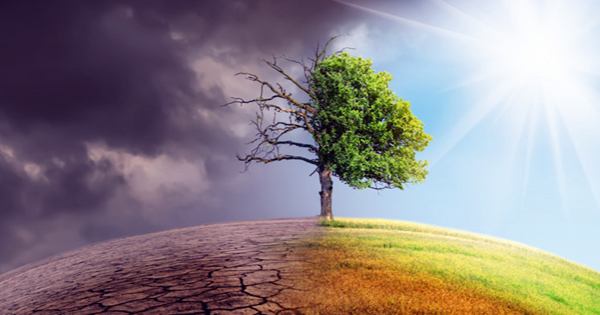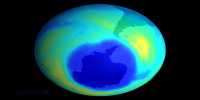A new study from Nature Communications assesses how much ice loss contributes to rising temperatures. Global warming has increased the loss of ice sheets around the world and as a result, the reduction of ice contributes to global warming in various ways, creating a vicious cycle that does not promote good news for the earth.
The study estimates that if the Arctic Ocean were to completely lose its ice cover, it would add 0.2 ° C (0.36 ° F) to the average increase in global temperature. If Greenland and West Antarctica lose glaciers, the same increase will occur again, resulting in a moderate excess temperature rise of 0.4 degrees Celsius (0.72 degrees Fahrenheit). As we continue to struggle to keep the global average temperature rise below 2 degrees Celsius (3.6 degrees Fahrenheit), the difference in ice loss is significant.
Top author Nico Wunderling from the Potsdam Institute for Climate Impact Research said in a statement, “If the world’s ice mass shrinks, the amount of sunlight that hits the Earth’s surface is reflected back into space. As the ice cover in the Arctic shrinks, darker ocean water is released that absorbs more energy.” “It’s referred to as the albedo reaction. It’s like wearing white or black clothes in the summer. If you wear darker clothes, you get warmer more easily.”
Albedo responses contribute 55 percent to this potential increase. However, melting ice also changes the concentration of water vapor in the atmosphere. A more humid world is a world that keeps the heat better – that’s not what we want right now. It also changes the coverage of the clouds and raises the temperature again. Water vapor changes account for 30 percent of that 0.4 degrees centigrade (0.72: F), due to changes in cloud coverage for the remaining 15 percent.
“One degree of warming is calculated for our climate,” said Ricarda Winkelmann, who led the research team “Preventing Earth system feedback loops, or vicious circles, is thus more urgent than ever.”
Researchers from the International Siberian Shelf Study Expedition 2020 reported the first detection of methane from the continental shelf of the Laptev Sea. The detection came from a depth of 300 meters (984 feet) off the east Siberian coast. The team not only estimated how ice damage would affect temperature but other effects should also be considered. The Polar Regions have been able to trap greenhouse gases for millennia and are slowly being released.
Polar Regions may feel distant but their protection has a global impact. The group wrote on Facebook that they believe emissions are still small at the moment, but it is a new and worrying hour for the effects of the Arctic climate crisis.















